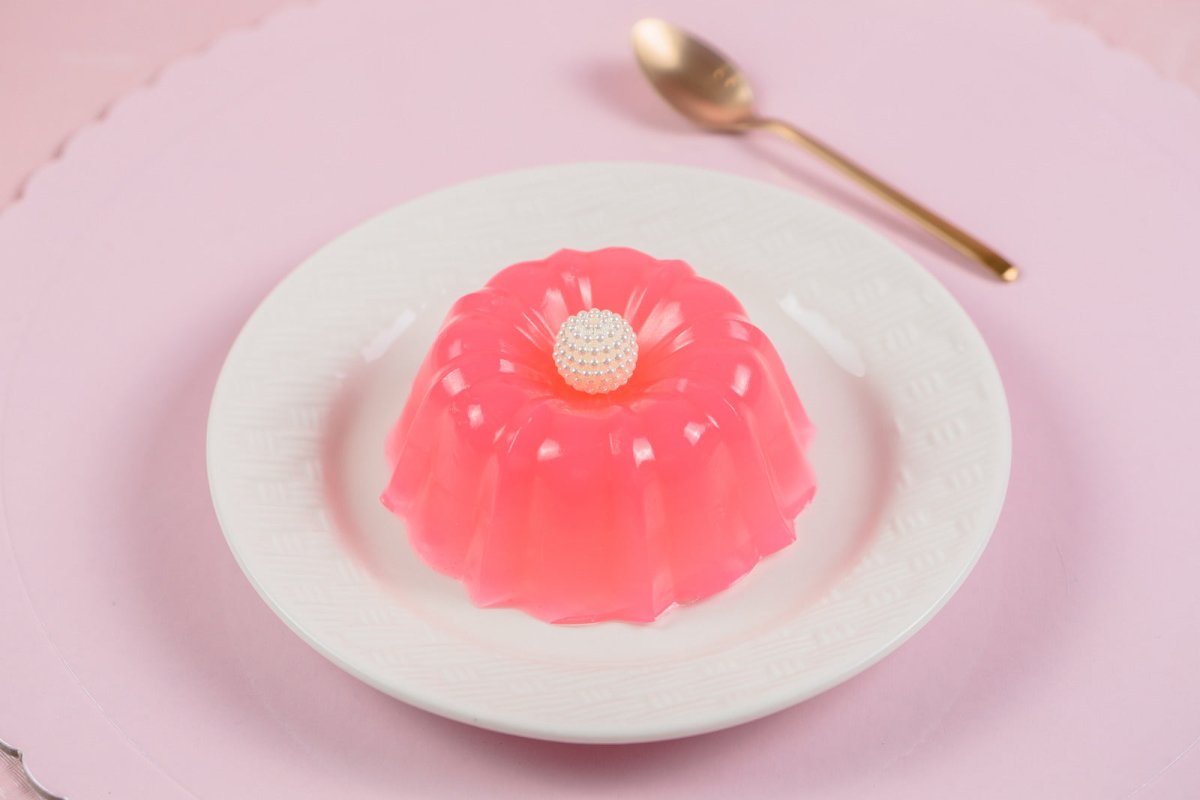
Japanese Jellies: A Delicate Fusion of Tradition and Modernity
|
|
Time to read 4 min
|
|
Time to read 4 min
Japanese jellies, known as "ゼリー" (zeri), are a delightful aspect of Japanese cuisine that artfully blend traditional flavors with modern culinary influences. These jellies come in a variety of forms, from the simple, translucent treats made with agar to the intricate, fruit-infused confections that have become popular in contemporary Japan. They offer a sensory experience that combines delicate textures, vibrant colors, and refreshing tastes, making them a beloved choice among locals and tourists alike.
The history of Japanese jellies dates back centuries, with roots in traditional Japanese desserts like kanten (寒天), a jelly made from agar derived from seaweed. Kanten has been enjoyed in Japan for over 1,000 years, particularly as a base for desserts like anmitsu, a classic combination of agar jelly, sweet red bean paste, and seasonal fruits. Originally, kanten was valued not only for its unique gelatinous texture but also for its health benefits, as it is rich in dietary fiber and low in calories.
The introduction of Western gelatin in the late 19th century brought a new dimension to Japanese desserts. This influence led to the rise of more modern jellies, which incorporated gelatin and offered a softer, more elastic texture compared to the firmer kanten. Over time, Japanese confectioners began experimenting with different ingredients, creating an array of jellies that married traditional Japanese flavors with Western-style textures. This fusion gave birth to the colorful, fruit-flavored jellies that are now a staple in Japanese dessert shops.
Kanten is a quintessential traditional jelly in Japan, made from agar-agar extracted from red algae. Unlike Western gelatin, kanten sets more firmly, resulting in a clean, crisp texture that contrasts beautifully with softer components like sweet syrups and anko (red bean paste). Kanten is often used in desserts like anmitsu and yokan (sweet bean paste jelly), where it serves as a delicate canvas for other flavors.
This jelly is celebrated for its health benefits, being high in fiber and virtually calorie-free. Because of its versatility, kanten can be molded into intricate shapes, reflecting the artistry that is central to Japanese confectionery. During summer, kanten desserts are particularly popular for their refreshing nature, offering a cool, light treat that contrasts with the humid weather.
Though not a traditional jelly in the Western sense, warabimochi is a jelly-like treat made from bracken starch. Its chewy texture sets it apart, giving a satisfying bite that melts in the mouth. Warabimochi is often dusted with kinako (roasted soybean flour) and served chilled, making it a perfect summertime refreshment. It is especially popular in the Kansai region and is often sold from food stalls at summer festivals.
Regional variations of warabimochi exist, some featuring sweet syrups like kuromitsu (black sugar syrup) or unique flavors such as matcha. These variations make warabimochi a versatile treat, suitable for different tastes and occasions.
With the influence of Western gelatin-based desserts, Japanese confectioners have embraced the art of creating fruit-flavored jellies. These jellies are typically softer and have a more elastic texture than kanten, making them closer to Western-style desserts. However, they retain a distinctly Japanese flair through the use of local ingredients like yuzu (a Japanese citrus), ume (plum), and seasonal berries.
Modern fruit jellies are often made with real fruit juice and pieces of fruit suspended within, creating visually appealing and refreshing treats. They come in a wide range of flavors, from the traditional sweetness of mikan (Japanese mandarin orange) to more experimental combinations like matcha-infused jellies with azuki beans. These jellies are popular as souvenirs, thanks to their beautiful packaging and long shelf life.
In Japanese cuisine, presentation is as important as flavor, and this philosophy extends to jellies as well. Japanese jellies are often crafted to reflect the seasons, with shapes and colors that mimic blooming flowers in spring or the rich, warm hues of autumn leaves. For example, during Sakura season, jelly desserts shaped like cherry blossoms are popular, capturing the ephemeral beauty of the blooming trees.
The aesthetics of jellies make them an ideal gift, as they are usually presented in elegant, minimalist packaging. Japanese confectioners pay careful attention to the arrangement and design of their products, creating a visual experience that complements the delicate flavors.
Japanese jellies hold a special place in seasonal celebrations and festivals. For example, during the summer Obon festival, it is common to enjoy chilled kanten desserts to combat the heat. Similarly, during spring, jelly treats flavored with cherry blossoms (sakura) are enjoyed, embodying the spirit of renewal and the fleeting beauty of the season.
In addition, jellies often incorporate seasonal fruits like kyoho grapes in autumn or ume in early summer, ensuring that each bite reflects the time of year. This seasonal focus makes Japanese jellies a dynamic and ever-changing part of the dessert landscape, encouraging consumers to enjoy the fresh flavors of each season.
Japanese jellies, particularly those made with kanten, are prized for their health benefits. Kanten is naturally high in dietary fiber and has no fat, making it a popular choice for those looking to maintain a healthy lifestyle. It is often recommended as a low-calorie dessert option, especially for those following a balanced diet.
The popularity of jellies is not limited to health-conscious adults; they are also a favorite among children due to their vibrant colors and fun, wobbly textures. In recent years, many brands have embraced a more playful approach to packaging and flavor combinations, further broadening their appeal to younger generations.





